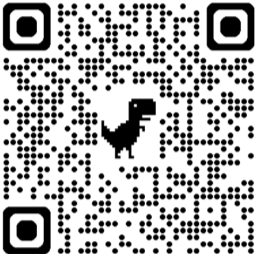Lit Terms
The definition of each vocabulary word will be given and the snake must be guided to the correct term.
Create multiple-choice games on Wisc-Online and play them on our Chakalaka mobile app!
But that's not all! Explore educational games created by others. Simply search by category or enter agame code number and dive into a world of learning and fun.
Download the Chakalaka mobile app here:

Topics of this game:
- A reference in a work of literature to something outside the work, especially to a well-known historical or literary event, person, or work
- The techniques of deploying the sound of words, especially in poetry, such as rhyme, alliteration, assonance, consonance, and onomatopoeia.
- The vantage point of a story in which the narrator can know, see, and report whatever he or she chooses. The narrator is free to describe the thoughts of any of the characters, to skip about in time or place, or to speak directly to the reader.
- Any of several possible vantage points from which a story is told. The point of view may be omniscient, limited to that of a single character, or limited to that of several characters. The teller may use first person or the third person.
- A general phrase for the linguistic devices or techniques that a writer can use.
- Writing that seeks to arouse a reader’s disapproval of an object by ridicule.
- The background to a story; the physical location of a play, story, or novel. The setting of a narrative will normally involve both time and place.
- A directly expressed comparison; a figure of speech comparing two objects, usually with “like,” “as,” or “than.”
- The management of language for a specific effect. The strategy or rhetorical strategy of a poem is the planned placing of elements to achieve an effect.
- The mode of expression in language; the characteristic manner of expression of an author.
- The manner in which an author expresses his or her attitude; the intonation of the voice that expresses meaning. Tone is the result of allusion, diction, figurative language, imagery, irony, symbol, syntax, and style.
- The main thought expressed by a work.
- A story in which people, things, and events have another symbolic meaning.
- A device of style or subject matter so often used that it becomes a recognized means of expression.
- The use of material unrelated to the subject of a work.
- A pithy saying, often using contrast.
- A figure of speech using indirection to avoid offensive bluntness.
- The special language of a profession or group.
- A combination of opposites; the union of contradictory terms.
- A story designed to suggest a principle, illustrate a moral, or answer a question.
- A speech in which a character who is alone speaks his or her thoughts aloud. A monologue also has a single speaker, but the monologuist speaks to others who do not interrupt.
- A conventional pattern, expression, character, or idea.
- A form of reasoning in which two statements are made and a conclusion is drawn from them.
- The theme, meaning, or position that a writer undertakes to prove or support.
- The repetition of identical or similar consonant sounds, normally at the beginning of words.
- The repetition of identical or similar vowel sounds.
User comments are currently unavailable. We apologize for the inconvenience and are working to restore this feature as soon as possible.

